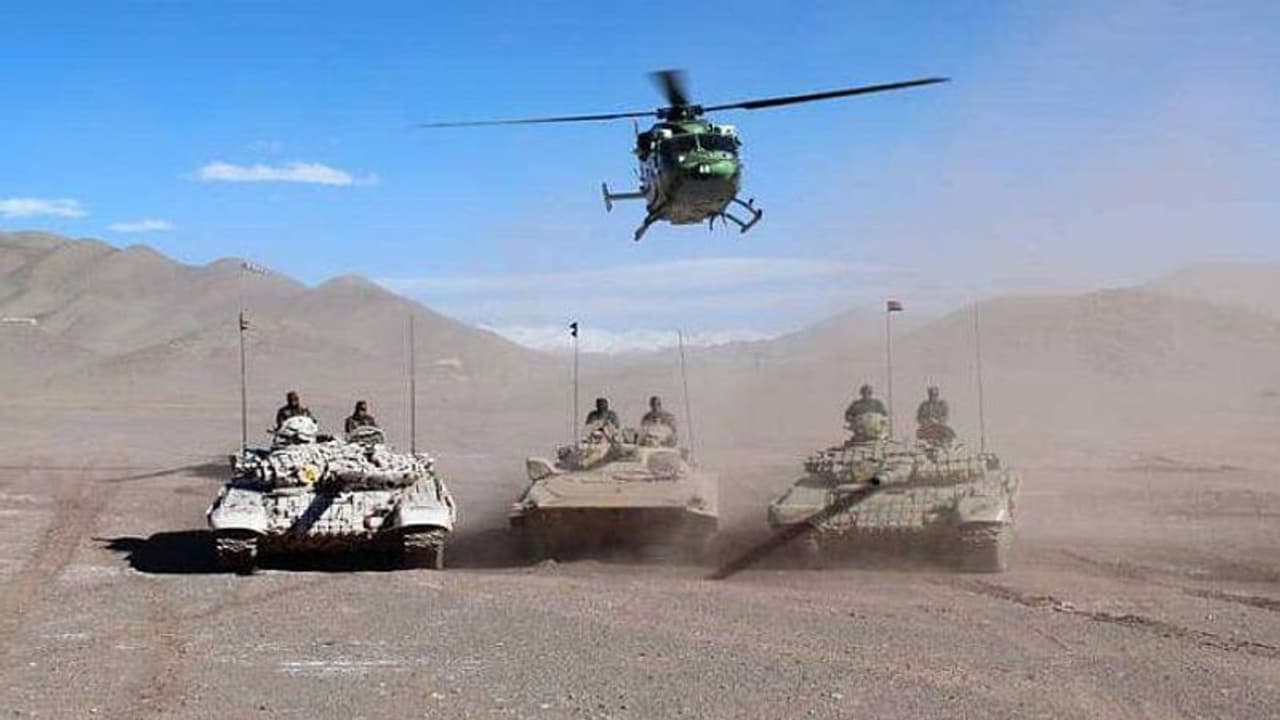Some ground-breaking reforms were introduced in the defence sector this year. Let us take a look.
For the last seven years, introducing sweeping reforms in the defence sector has been on the Narendra Modi government's top agenda. Several policy measures were taken this year as well. Some of them were ground-breaking. Let's take a look:

Women in NDA
Lifting the gender barrier, the government allowed entry of women cadets into the National Defence Academy -- a joint defence service training institute of the Indian Armed Forces. The decision taken for the first time since the institution came into existence 66 years ago is considered a path-breaking policy in terms of equality. The development came after the Supreme Court ordered the Centre to ensure entry for women aspirants in the NDA. This year, 1.78 lakh women candidates have participated in the NDA entrance examination, held in November.
Permanent Commission for Women
While the government sanctioned the Permanent Commission for Indian Army's Short Service Commissioned women officers in 10 streams -- Army Air Defence, Army Aviation, Signals, Electronics and Mechanical Engineers, Engineers, Army Service Corps, Army Ordnance Corps and Intelligence Corps -- besides the existing streams of Judge and Advocate-General and Army Educational Corps, the process of granting them Permanent Commission started this year. A total of 557 women officers have been granted Permanent Commission since last year.
Corporatisation of Ordnance Factory Board
The government announced the restructuring of the existing 41 OFB companies this year. They have been regrouped into seven separate entities. The objectives were to downsize a major conglomerate and reshape the defence industry.
Second negative list of defence imports
Giving a major push to India's Aatmanirbhar Bharat initiative, the government notified restrictions on importing additional 108 military weapons and systems such as next-generation corvettes, airborne early warning systems and tank engines under a staggered timeline of four-and-half years. The first negative list for defence imports was brought in August last year. The list comprised 101 items that included towed artillery guns, short-range surface-to-air missiles, cruise missiles and offshore patrol vessels. The second positive indigenisation list includes complex systems, sensors, simulators, weapons and ammunition, including helicopters, next-generation corvettes, airborne early warning and control systems, tank engines, medium power radar for mountains, MRSAM weapon systems and many more such items to fulfil the requirements of Indian armed forces.
Funds for indigenous acquisitions
Following the precedent set in the last year, the government has increased the share of the capital modernisation budget earmarked for procurement from the domestic industry from 58 per cent to 63 per cent at Rs 70,221 crore. The funds allocated for indigenous acquisitions, nearly 25 per cent of the budget at Rs 17,500 crore, has been sub-allocated for purchase from the domestic private sector defence industry.
Widening of promotion avenues form women officers in the Indian Army
For the first time, the Indian Army has cleared the way for the promotion of five women officers serving with the Corps of Signals, Corps of Electronics and Mechanical Engineers (EME) and the Corps of Engineers, to the rank of Colonel after the completion of 26 years in the service. Earlier, such promotion was only given to the women officers in the Army Medical Corps, Judge Advocate General and the Army Education Corps.
Also Read: Startups invited to provide AI-based tech to guard India's borders
Also Read: New extreme cold weather military clothing withstands up to minus 50 degree Celsius
Also Read: Round-Up 2021: The year Indian Air Force bolstered its combat firepower
